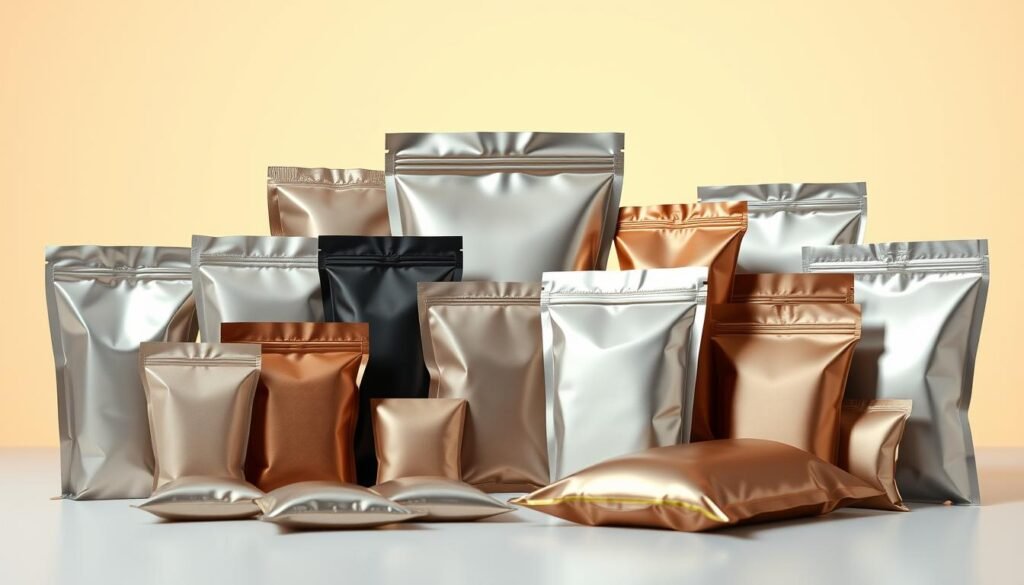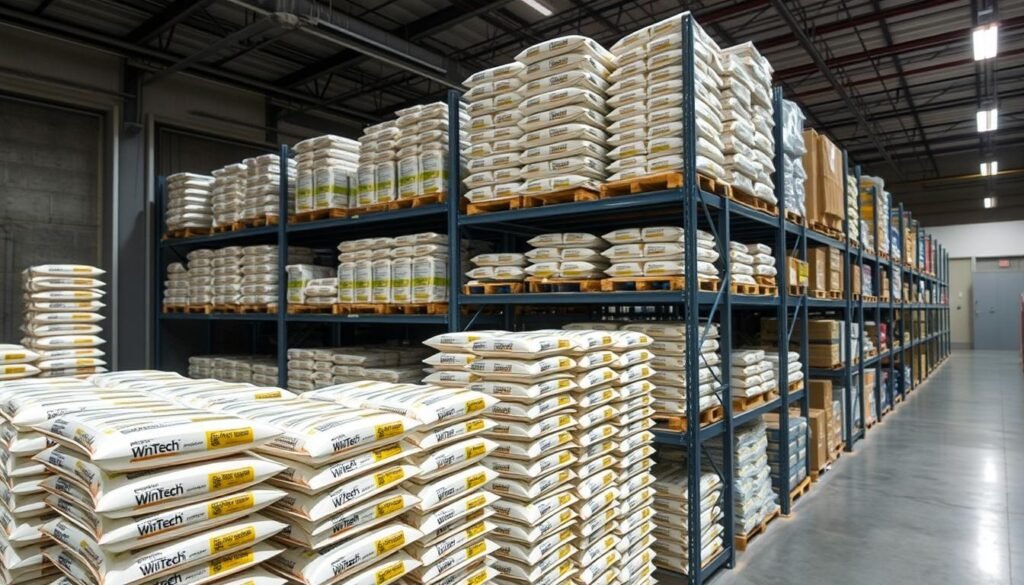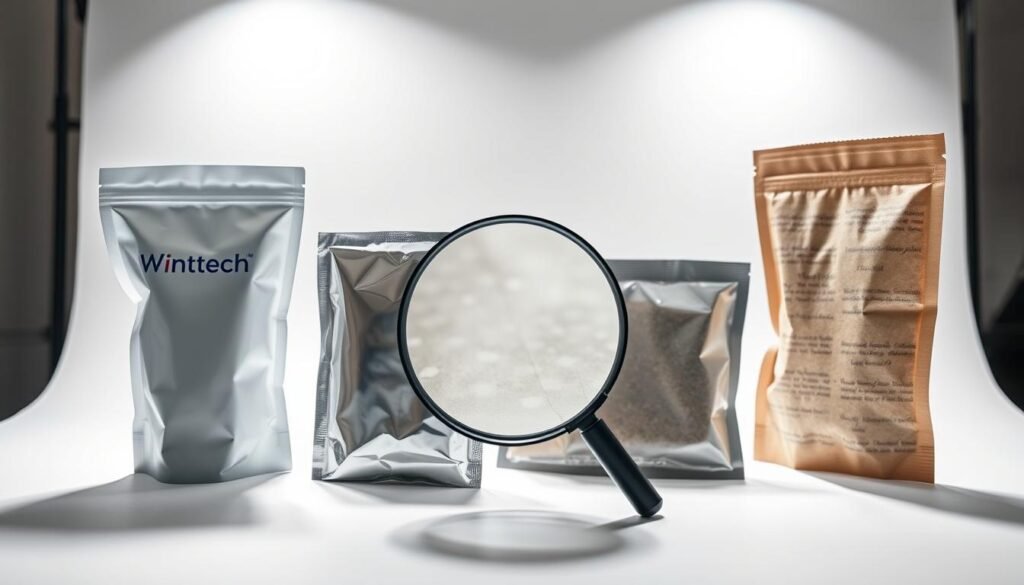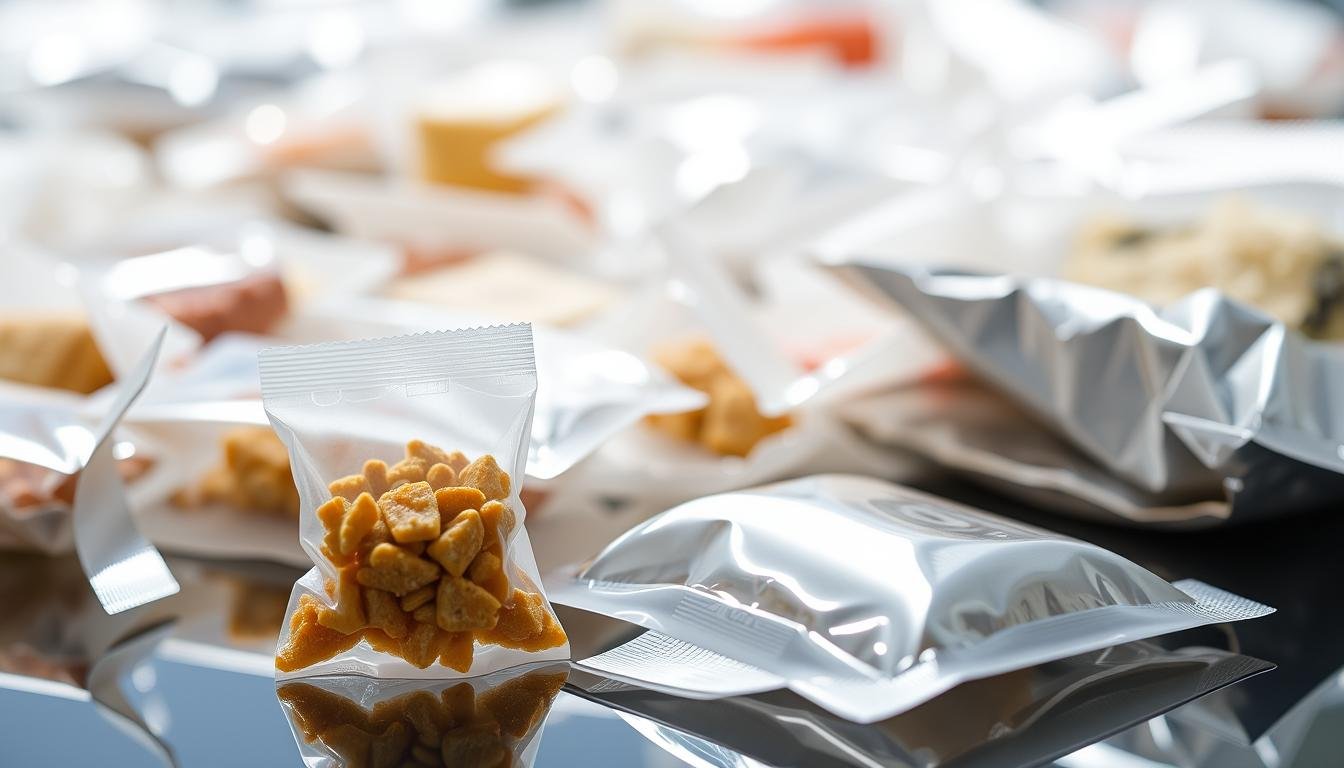Have you ever wondered how a tiny packet can protect your favorite product during its entire journey from manufacturer to your hands? What are sachets, and why do they matter so much in modern packaging?
Sachets represent a revolutionary packaging solution that transforms how products are distributed and consumed. What are sachets exactly? They are compact, sealed packets designed to contain single-serve portions of various products, ranging from cosmetics to food supplements.
In the competitive world of packaging, sachets vs packets might seem like a subtle distinction. Yet, these small containers play a critical role in product preservation, convenience, and consumer experience. What are sachets for cosmetics, pharmaceutical products, and food items have become increasingly popular due to their versatility.
Understanding the intricate world of sachets requires deep insight into their structural integrity. Tensile strength emerges as a crucial factor determining their ability to protect contents during transportation and handling.
Key Takeaways
- What are sachets and how Sachets provide single-serve packaging solutions across multiple industries
- Tensile strength is critical for ensuring product protection during transport
- Packaging materials significantly impact sachet performance
- Sachets offer convenience and portion control for consumers
- Material selection determines sachet durability and functionality
What are Sachets: Definition and Overview
Sachets are small, versatile packaging solutions that have revolutionized product distribution across multiple industries. These compact containers provide an innovative approach to packaging, offering convenience and practicality for consumers and businesses alike.

Sachets in packaging represent a flexible solution for delivering single-serve products. Their design allows for precise portioning and protection of contents, making them ideal for various applications.
What are Sachets Used For?
Different types of sachets serve multiple purposes across diverse sectors:
- Food industry: Condiment packets, spice mixes, and instant beverage servings
- Cosmetics: Sample-sized skincare products and travel-friendly toiletries
- Pharmaceuticals: Individual medication doses and supplement packages
Common Applications of Sachets
Paper sachets have become particularly popular due to their eco-friendly nature. You’ll find them used in:
- Tea and coffee packaging
- Single-serve sauce packets
- Personal care product samples
Benefits of Using Sachets in Packaging
The advantages of sachets extend beyond simple convenience. Paper sachets offer sustainable packaging solutions that reduce material waste and provide:
- Extended product shelf life
- Improved product freshness
- Enhanced portability
- Cost-effective distribution
Sachets represent a smart packaging solution that meets modern consumer demands for convenience and sustainability.
Understanding the Importance of What are Sachets in Distribution
Packaging innovation has transformed product distribution, with sachets playing a crucial role in modern supply chains. These compact containers have revolutionized how products are transported, stored, and consumed across various industries.

Single-use sachets have become increasingly popular due to their versatility and efficiency. They offer unique advantages in product preservation and distribution that traditional packaging often cannot match.
How Sachets Affect Shelf Life
Foil sachets provide exceptional protection for product contents, extending shelf life through multiple protective mechanisms:
- Barrier against moisture and oxygen
- Protection from external contamination
- Minimal exposure to environmental factors
The tensile strength of these packaging solutions ensures that products remain intact during transportation and storage, maintaining quality and freshness.
The Role of Sachets in Reducing Waste
Eco-friendly sachets are transforming waste management strategies in packaging. By offering precise portion control and minimizing excess product waste, these innovative containers support sustainable consumption patterns.
| Sachet Type | Waste Reduction | Environmental Impact |
|---|---|---|
| Traditional Packaging | Low | High Waste Generation |
| Eco-Friendly Sachets | High | Reduced Environmental Footprint |
By selecting appropriate sachet materials and designs, manufacturers can significantly minimize packaging waste while maintaining product integrity.
Key Materials in What are Sachets and Their Impact
Selecting the right materials for sachets is crucial for their performance, durability, and environmental impact. Understanding the nuanced world of sachet materials can help you make informed packaging decisions.

Sachets for samples come in diverse material options, each with unique characteristics and applications. The choice of material significantly influences the packet’s functionality and sustainability.
Types of Materials Used in Sachets
- Plastic Films: Lightweight and cost-effective
- Aluminum Foil: Excellent barrier properties
- Biopolymers: Eco-friendly alternative
- Multilayer Composites: Enhanced protection
Material Selection Considerations
When comparing sachets vs packets, material selection becomes critical. Different industries require specific material properties:
- Cosmetics: Moisture-resistant materials
- Pharmaceuticals: Tamper-proof packaging
- Food Industry: Food-grade safety standards
Emerging biopolymer technologies are revolutionizing sachet materials. These sustainable options provide comparable performance while reducing environmental impact.
The future of sachets lies in balancing performance, cost, and environmental responsibility.
Your material choice determines the sachet’s barrier protection, shelf life, and overall product integrity. Consider factors like moisture resistance, UV protection, and recyclability when selecting materials for your packaging needs.
Evaluating Tensile Strength in What are Sachets
Tensile strength represents a critical quality metric for sachets in packaging industries. When evaluating different types of sachets, manufacturers must rigorously assess their structural integrity to ensure reliable product protection during transportation and storage. Your understanding of tensile strength can significantly impact packaging performance and product safety.
Specialized testing methods help determine the durability of sachets in packaging. Researchers at packaging technology centers use advanced equipment to measure material resistance under controlled stress conditions. These evaluations simulate real-world transportation challenges, revealing potential weaknesses in sachet design before products reach consumers.
Why Tensile Strength Matters
The strength of sachets directly influences product preservation and shipping reliability. Weak packaging can lead to potential product contamination, leakage, or complete failure during transit. Your selection of high-tensile-strength materials ensures that what are sachets maintain their structural integrity across various environmental conditions and handling scenarios.
Testing Methods for Sachets’ Strength
Industry-standard testing protocols like ASTM International guidelines help evaluate sachet performance. Manufacturers employ universal testing machines that stretch materials until breaking point, measuring resistance and elongation. These precise measurements help engineers optimize packaging materials for maximum durability and protection in different types of sachets.
Factors Affecting Tensile Strength
Multiple variables influence sachet strength, including material composition, manufacturing processes, and environmental exposure. Polymer selection, thickness, and molecular structure play crucial roles in determining overall mechanical performance. Understanding these factors allows packaging designers to create robust solutions that meet stringent quality standards.







